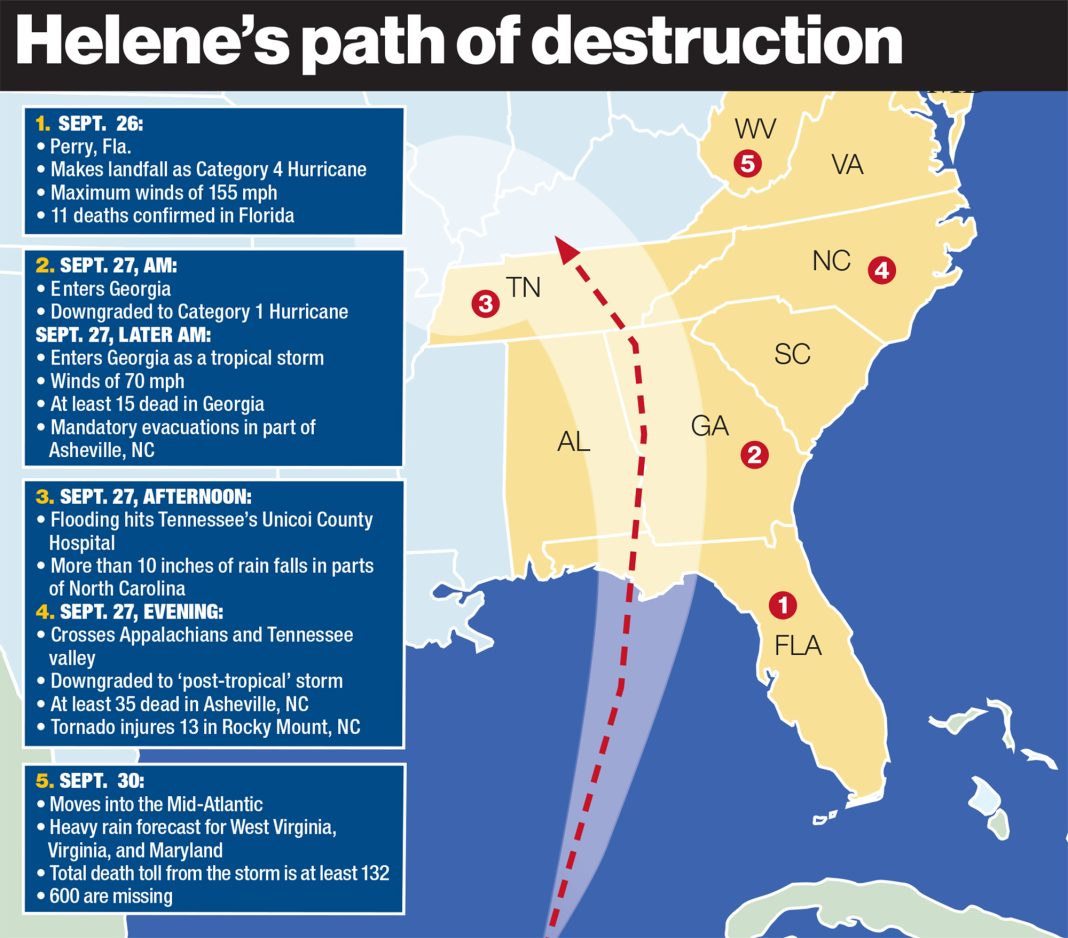In September, the U.S. manufacturing sector found itself mired in recession, with recent data signaling a sharp decline in factory employment and casting doubt on the resilience of the labor market. Reports from the Institute for Supply Management (ISM) and S&P Global paint a stark picture of a sector struggling to navigate weak demand and uncertain economic conditions.
The ISM’s Employment Index fell two points to 43.9 percent, indicating that companies are increasingly “right-sizing” their workforces in response to diminished demand. For context, an index below 50 signifies contraction, and this marks the sixth consecutive month of decline in factory activity. Over the past 23 months, the manufacturing sector has experienced 22 months of contraction—a trend that raises alarms about the future vitality of American manufacturing.
Timothy Fiore, chair of the ISM’s business survey committee, noted that “demand remains subdued” as businesses show reluctance to invest in capital and inventory. This reluctance is echoed in the S&P Global Manufacturing PMI, which indicated a sharper fall in factory staffing levels—a decline not seen in 14 years, barring the pandemic. The headline manufacturing index dropped to 47.3 in September from 47.9 in August, underscoring a deeper contraction in the sector.
The challenges facing manufacturing are stark. New orders, a crucial driver of production, continued to decline, with the ISM’s new order index slightly improving to 46.1 percent from August’s 44.6 percent but still firmly in contraction territory. The S&P Global report mirrored these concerns, noting a significant drop in export orders, influenced by geopolitical tensions and weakening demand in key markets such as Europe. The ISM’s new export orders index fell to 45.3 percent, reflecting a persistent contraction.
While the situation appears dire, some companies surveyed by S&P Global expressed cautious optimism, suggesting that the current demand dip might be temporary, largely due to uncertainty surrounding the upcoming presidential election. Chris Williamson, chief business economist at S&P Global Market Intelligence, remarked, “The September PMI survey brings a whole slew of disappointing economic indicators regarding the health of the U.S. economy.” Nevertheless, he also noted that despite the present challenges, business expectations about the upcoming year have improved, albeit potentially wishfully.
Another layer to this economic narrative is the relationship between manufacturing and labor market trends. The latest Job Openings and Labor Turnover Survey (JOLTS) report indicated a decline in the job quits rate to 1.9 percent in August, the lowest since June 2020. This decline suggests that workers are increasingly hesitant to leave their jobs, reflecting a growing lack of confidence in finding better opportunities amid a cooling labor market. Nancy Vanden Houten, lead economist at Oxford Economics, highlighted that this decrease in the quits rate aligns with broader data showing that workers view the labor market less favorably.
On a more hopeful note, the JOLTS report also revealed an increase in job openings from 7.71 million in July to 8.04 million in August. This uptick suggests that employers in certain sectors, such as construction and government, are still actively seeking to fill positions despite the overall economic slowdown. This duality in the labor market—where some sectors are thriving while manufacturing falters—illustrates the complexity of the current economic landscape.
Compounding the challenges in manufacturing, pricing dynamics are shifting. For the first time this year, the ISM’s price index dipped into contraction at 48.3 percent, signaling a decrease in prices for essential materials like steel and aluminum. S&P Global also reported easing input cost inflation; however, companies continue to raise output prices at the fastest pace since April, as they attempt to offset increased shipping costs and other operational expenses.
As we navigate these turbulent economic waters, the manufacturing sector’s struggle reflects broader themes of uncertainty and adaptation. The interplay between declining demand, labor market hesitancy, and shifting pricing dynamics underscores a complex economic environment that requires careful consideration and strategic responses from both businesses and policymakers. While some glimmers of hope exist, the overarching sentiment remains one of caution, as manufacturers brace for what lies ahead in an ever-evolving economic landscape.

